Adaptable City 2

It is proposed for Europan 13 to continue with the generic theme of “the adaptable city”: adaption to the need for more sustainable development but adaption also to the context of an economic crisis that the majority of European cities are currently undergoing.
Three generic concepts structure this overall theme:¨
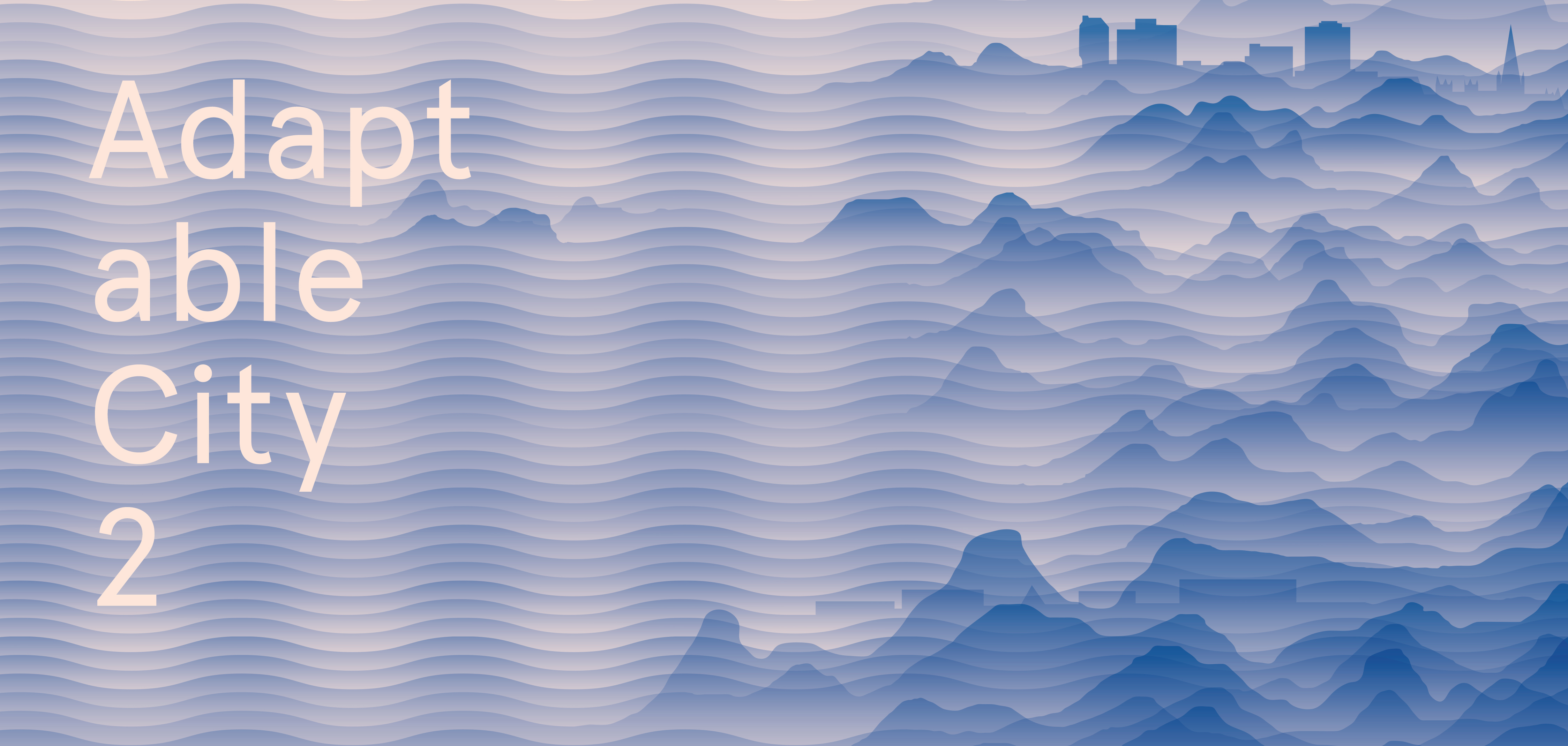
Resilience as a challenge: to be able to extend or find again the identity of the city’s structural elements (built or landscaped) in a context of significant changes.
Social adaptability as a goal: reconciling the coherence of these structures with the evolving uses and practices.
Economy as a method: managing urban transformations in different contexts of actors and means, yet with limited resources and in the era of the “post-oil city”
Taking these three themes into account induces changes in the urban and architectural order:
- in the logics of actors – Welfare State Vs. Self-Organization
The essence of the European city is a certain sense of the community. A change is currently taking place from less “welfare state” to more “self organization”. What will the new relation between the public and private domains be? Who will take care of the public domain if the state is less involved? And what does it mean for the practice as architects or urban planners? - in the contents – Segregation Vs. Sharing
Sharing at the urban scale can stimulate the "empowerment" of coexistences between different cultures: preserving the collective while inventing a more appropriate organization of the society. How could sharing be a way to develop cheaper and lighter solutions to build an ecological and sustainable city? How could it be a way to regenerate the co-inhabited environments? - in the design processes – Object Vs. Project (Process)
With communication tools and social networks in the rising, our culture grows less object-based; and this phenomena affects architecture and urbanism. Many young architects are emerging though the implementation of projects presenting less physical objects, yet where the scope of the projects is as important as the objects involved. The objects can already partly exist and the project is about managing the existing, dealing with social constructions, developing a context and raising the question of “urbanism with less or without growth”.
Europan therefore wishes that the sites be confronted to the major challenges concerning the adaptability of European cities and also propose concrete innovations in the order given by the site representatives, arousing new project approaches by young competitors.
The sites
-
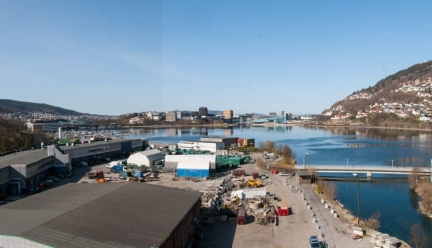
Bergen
The Europan 13 site in Bergen has a unique location on the south side of Lungegårdsvannet by the…
-
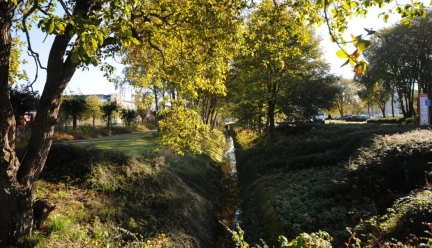
Stavanger
The aim is to develop an overall vision and strategy for the future development of the central area…
-
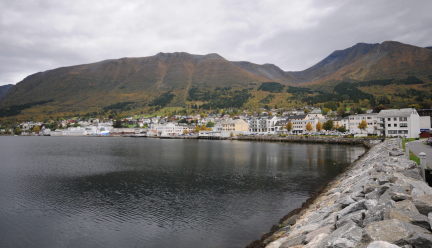
Ørsta
Today mobility is mainly car-based. How can one encourage less car use in Ørsta?
-
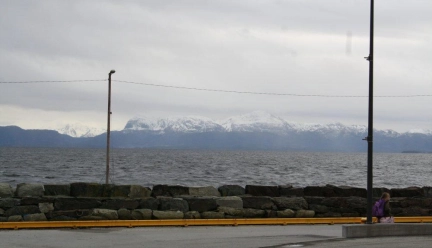
Os
Os is known in Norway as a different thinking municipality. Something of a maverick in the world of…
-

Trondheim
Nyhavna, a gigantic harbour area built on a landfill, an artificial landscape of warehouses, World…